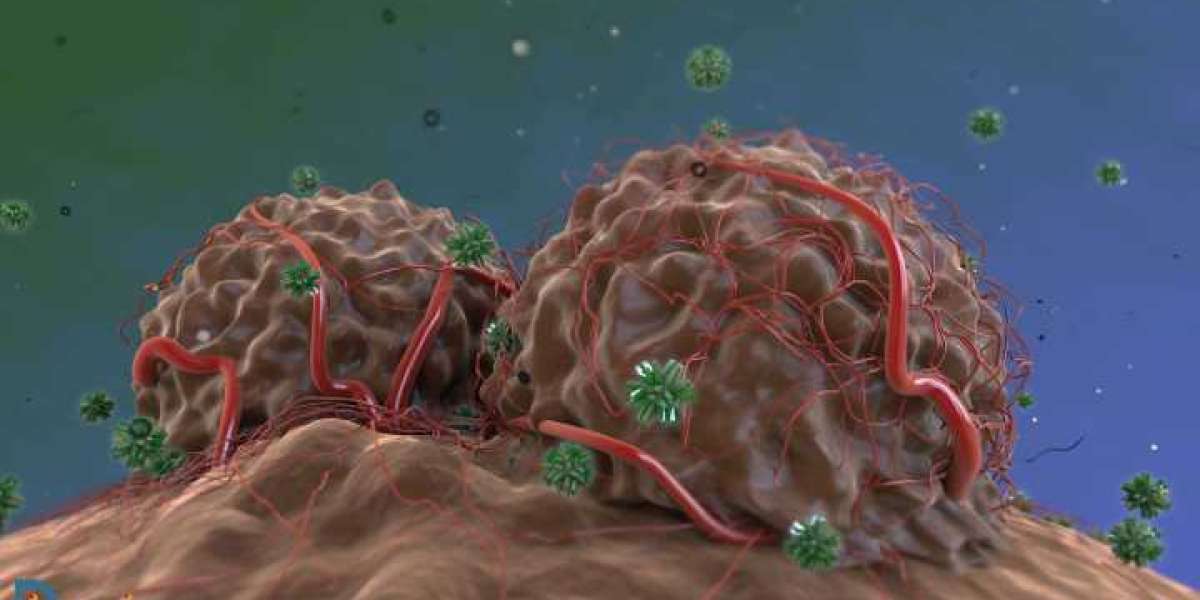Understanding Multiple Myeloma
Multiple myeloma develops from abnormal plasma cells in the bone marrow, resulting in the production of irregular proteins that can lead to various complications, including bone damage, kidney dysfunction, and immune system impairment. The prognosis for multiple myeloma patients has traditionally been grim, with a five-year survival rate of around 50%. Nonetheless, advancements in treatment strategies have improved outcomes and bispecific antibodies are leading this charge.
What Are Bispecific Antibodies?
Bispecific antibodies are engineered proteins designed to bind to two different antigens simultaneously. This unique capability allows them to redirect immune cells, such as T-cells, to target and destroy cancer cells more effectively. Unlike traditional monoclonal antibodies, which focus on a single antigen, bispecific antibodies can engage multiple pathways in the immune response, enhancing their therapeutic potential.
The Promise of Bispecific Antibodies in MM
Recent clinical trials have showcased the efficacy of bispecific antibodies in treating multiple myeloma. Among the most promising candidates, bispecific T-cell engagers (BiTE) have demonstrated significant anti-tumor activity in heavily pre-treated patients. By connecting T-cells to myeloma cells, BiTE antibodies can initiate a powerful immune response, resulting in reduced tumor burden and improved patient outcomes.
A landmark study featuring a bispecific antibody targeting BCMA (B-cell maturation antigen) revealed impressive results, with a high overall response rate and many patients achieving complete or partial remission. This breakthrough has catalyzed further research and development in this promising area, with several bispecific antibodies currently in clinical trials.
Advantages Of Traditional Therapies
The advent of bispecific antibodies brings several advantages compared to traditional treatments for multiple myeloma:
- Targeted Action: Bispecific antibodies can precisely target cancer cells while sparing healthy cells, potentially reducing side effects and improving tolerability.
- Enhanced Efficacy: By engaging multiple pathways in the immune system, these antibodies may enhance overall treatment effectiveness, leading to better outcomes.
- Combination Potential: Bispecific antibodies can be combined with existing therapies, such as checkpoint inhibitors or other immunotherapies, to create synergistic effects that further boost treatment responses.
- Accessibility: Designed to work with the patient’s immune system, bispecific antibodies may offer treatment options for those unresponsive to conventional therapies.
Challenges and Future Directions
Despite their promise, several challenges remain with bispecific antibodies. The complexity of the immune response and potential adverse effects, such as cytokine release syndrome, necessitate careful patient management and monitoring during treatment. Additionally, determining the optimal treatment regimen and its sequencing with existing therapies remains an area of active research.
Looking forward, the future of multiple myeloma treatment featuring bispecific antibodies is bright. Ongoing clinical trials are crucial for establishing the long-term efficacy and safety profiles of these therapies. As researchers explore innovative treatment strategies, bispecific antibodies could play a central role in transforming the management of multiple myeloma, offering renewed hope to patients and their families.
Conclusion
The rise of bispecific antibodies signifies a revolution in the treatment of multiple myeloma, presenting exciting possibilities for improved patient outcomes. As research progresses and these therapies become standard practice, we may soon witness a significant transformation in the management of this challenging disease, ultimately enhancing the quality of life and increasing survival rates for those affected by multiple myeloma.







